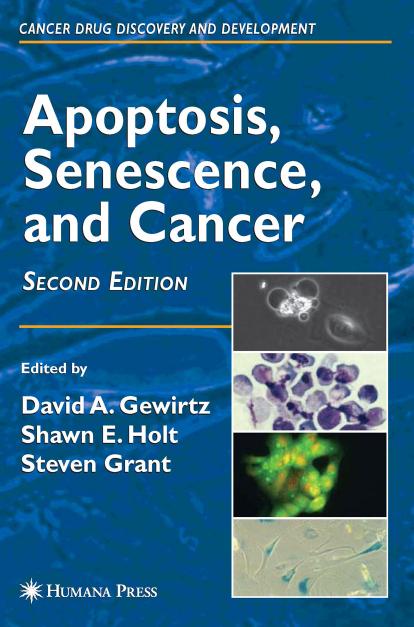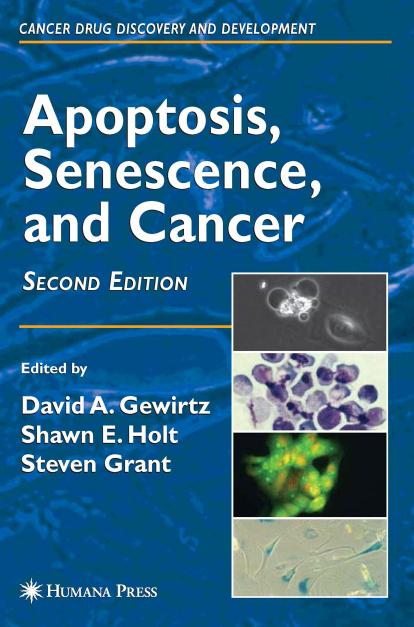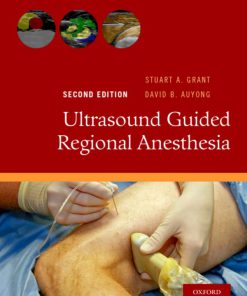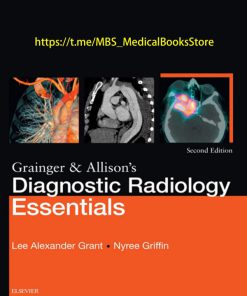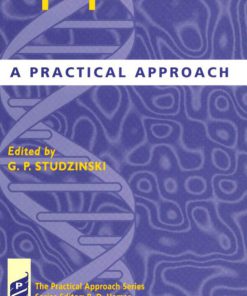Apoptosis Senescence and Cancer 2nd Edition by David Gewirtz, Shawn Holt, Steven Grant ISBN 9781597452212 159745221X
Original price was: $50.00.$25.00Current price is: $25.00.
Authors:D. Gewirtz, et al., (Humana, 2007) , Series:Pathology [6] , Tags:Pathology , Author sort:D. Gewirtz, et al., (Humana, 2007) , Identifiers:Identifiers:isbn-13:9781588295279 , Languages:Languages:eng , Published:Published:Oct 2007 , Publisher:Humana Press , Comments:Comments:The goals of chemotherapy (and radiotherapy) are to eliminate tumor cell targets by promoting cell death. In recent years, a major focus has been placed on programmed cell death or apoptosis as the primary mechanism of cell killing. However, tumor cells may respond to various forms of treatment in diverse ways, only some of which culminate in cell death and loss of clonogenic survival. In addition to apoptosis, cell death may occur through mitotic catastrophe, autophagy (a subtype of apoptosis), or anoikis. Alternatively, cells may undergo either transient or prolonged growth arrest; in addition, senescence arrest or accelerated senescence is now recognized as a response to various treatments, which may also play a role in preventing cell transformation. Consequently, “permanent†growth arrest, possibly mediated through senescence, could contribute to loss of self-renewal capacity, particularly in solid tumors. The question of why some tumor cells within a population ultimately recover proliferative capacity (whether in cell culture, in xenograft models as a component of tumor growth delay, or in patients in relation to disease recurrence) remains an unresolved question in the fields of experimental chemotherapy and radiotherapy and a critical problem in the clinical treatment of malignancies. The possibility that surviving and recovering cells represent a resistant stem cell population has recently gained credence, although evidence in support of this hypothesis is far from conclusive. The purpose of this book is to contribute to an understanding of the growth arrest and cell death pathways mediating the response to chemotherapy in tumor cells. The book is divided into six sections. The first reviews the major cell death pathways. The second develops the themes of telomeres, telomerase, and senescence in genetic stability and tumorigenesis. The third provides an in-depth dissection of the critical DNA damage and response signaling pathways. The fourth deals with the fundamental limitations on therapy conferred by drug resistance, as well as current approaches to circumvent or attenuate drug resistance. The fifth and sixth sections provide an analysis of our understanding of the responses to both conventional strategies and newly developed therapies against cancer.

